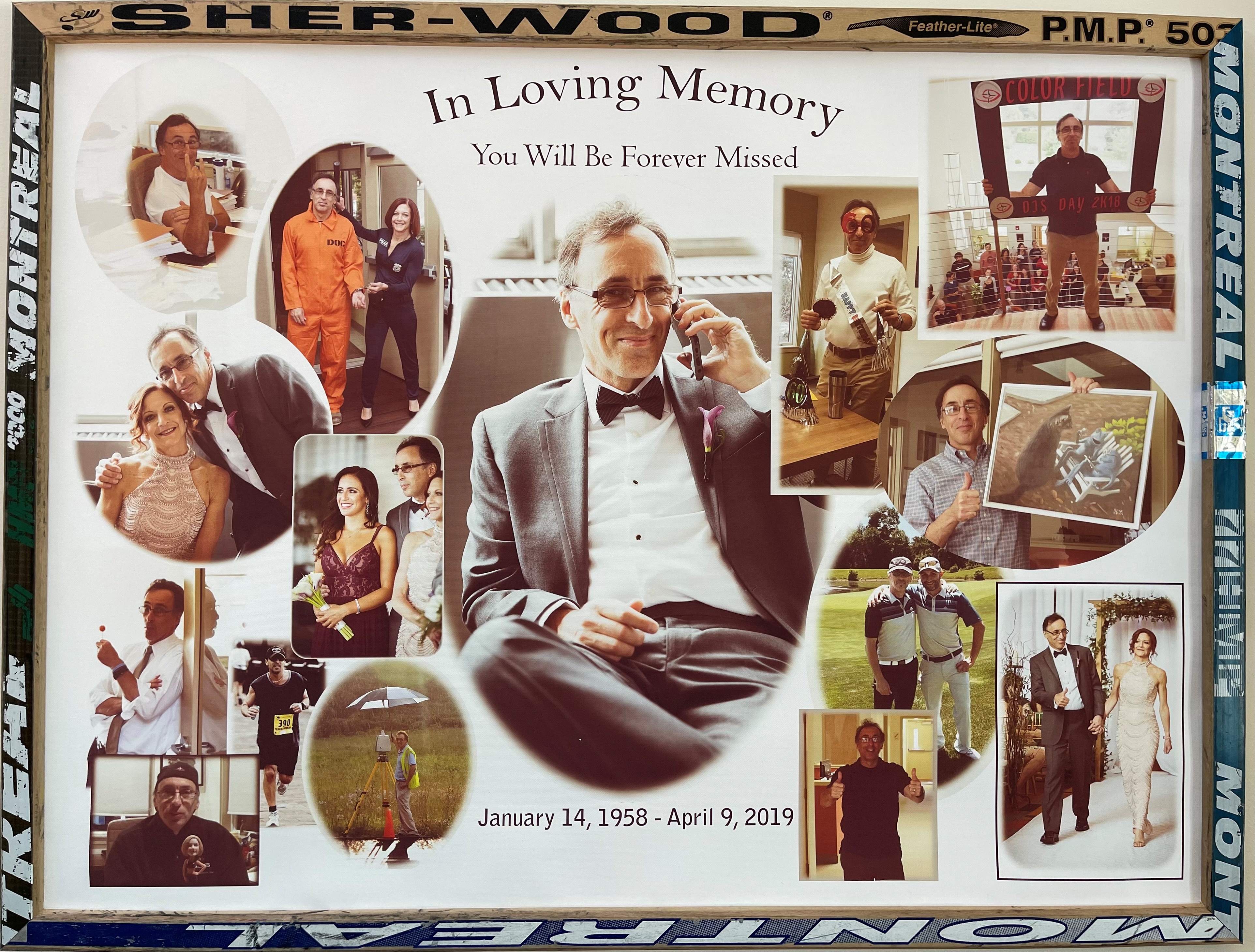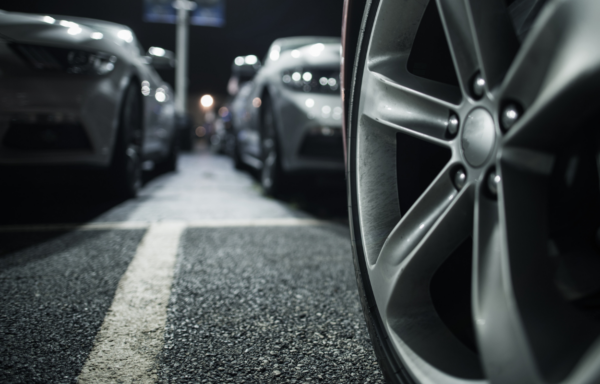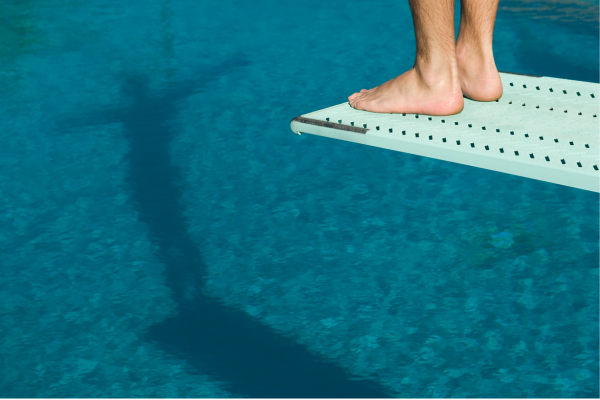Reconstructing A Legend: Steve Schorr, In Memoriam

Five years after his passing, Steve Schorr’s legacy thrives through the continued success and expansion of DJS Associates and the impact of his leadership in the forensic community. Steve is remembered by professional colleagues, clients, and friends for his legendary sense of humor, professionalism, and innovation.
DJS Associates is proud to share the following case studies from Steve’s archive in his honor. Those familiar with Steve’s work as a pioneering expert in the field of collision reconstruction will recognize his keen attention to detail, critical thinking skills, and his unwavering focus on physical evidence.
Do You Agree with the Verdict? June 2013
A northbound public transit bus stopped along the right curb of a multi-lane city street, approximately 45 feet short of an intersection’s crosswalk. A female passenger exited the bus and headed towards the crosswalk. She looked to the left to check for oncoming traffic as she passed in front of the bus; however, her view was partially blocked by the bus. Upon reaching the crosswalk and stepping into the right travel lane, the woman was looking in the opposite direction, away from the oncoming traffic. As she proceeded forward into the travel lane, the woman was struck by a northbound vehicle. Video cameras mounted on the bus captured the woman’s movement and a portion of the impacting vehicle’s movement.
Seems pretty straight forward, right? The pedestrian crossed against the signal and failed to look for oncoming traffic immediately prior to entering the roadway. A frame-by-frame engineering analysis of the video established that the impacting vehicle was traveling over the roadway’s speed limit of 25 miles-per-hour. The video also established where the impacting vehicle was located when the driver perceived the pedestrian. Analysis determined that, regardless of the pedestrian’s actions, had the impacting vehicle been traveling at the speed limit, the vehicle operator would have had adequate time to react and avoid the collision.
Based on the data, who was at fault? The case was tried in front of a Judge, who ultimately determined that both parties were equally at fault.
Which Story “Fits”? March 2015
A 36-foot-long, straight-body delivery truck stopped in a residential neighborhood at a stop sign, for some time, while the operator filled out paperwork. The truck operator later testified that, upon finishing the paperwork, he checked his mirrors, looked both ways, and started to turn left. He felt a bump while turning and then noticed the boy yelling for him to stop.
Plaintiff, a nine-year-old child riding a bicycle, testified that he was at a corner of the intersection as the truck stopped. He waited for a bit while the truck was stopped and looked up at the driver. Thinking that the driver had waived him on, Plaintiff started to cross in front of the truck when it began to move forward. Plaintiff and his bicycle were overrun by the truck, resulting in severe puncture wounds where the handlebar of the bicycle penetrated the child’s abdomen. There were no witnesses.
The bicycle’s point of rest, along with blood and roadway scrapings, defined the angle of the truck’s turn. Utilizing high-definition laser scans of the truck, bicycle, and site, DJS’ Animation Engineers modeled an accurate, to-scale, three-dimensional environment to evaluate the sight lines of both the bicycle operator and the truck operator.
The sight line analysis corroborated the child’s testimony by confirming that he would have been able to see the truck operator from his position at the corner of the intersection. There were no additional witnesses to confirm or dispute the alleged “waiving on.” However, the truck’s high, “conventional” hood caused blind spots close to the front of the truck that blocked the driver’s view of the child on his bicycle.
Since the truck was routinely operated in areas frequented by pedestrians and bicyclists, Plaintiff argued that it should have been equipped with front mirrors similar to a school bus to compensate for any blind spots near the front of the vehicle. Plaintiff also argued that the truck operator should have practiced more diligence in checking his surroundings after pausing at the stop sign for an unusually long time.
So, which story “fits”? In this case, both the plaintiff’s and the defense’s versions of the scenario correlate with the physical evidence available. The case was tried to verdict, and a jury found the truck operator responsible for the collision.
What Direction was the Vehicle Traveling? An Intersectional Collision Analysis March 2017
A collision occurred at a stop-controlled intersection, between the front of a motorcycle and the driver (left) side of a passenger vehicle. The police took photographs of the point of rest of the vehicles and of the damage to the vehicles. Simple enough, right? Well, not so fast.
When the police interviewed the involved parties, the operator of the passenger vehicle said she was northbound on the two-lane, two-direction roadway and was turning left onto a westbound, one-way street. The northbound motorcycle came up on the left side of her vehicle, in the opposite lane to try to pass her, striking the driver-side door of her vehicle as she was making the left-turn.
The motorcycle operator informed the police that he was indeed northbound; however, as he approached the intersection, the passenger vehicle entered the intersection from his right and “cut him off,” resulting in the impact of his motorcycle with the car’s driver-side door.


Two involved parties, two different versions of what occurred. How is that reconciled from an engineering perspective? The answer lies in the basic premise of all reconstructions… default to the physical evidence. Since all movements in a collision must abide by the laws of physics, the evaluation of the vehicles’ damages (to establish the angle of the impact and how the vehicles would move following the impact,) and their points of rest provide the necessary framework to determine where the collision occurred in order for the vehicles to end up where the police documented they did.
Engineering analysis of the physical evidence provided a clear understanding that the motorcycle and the passenger vehicle were both northbound, and the motorcycle did attempt to pass on the left as the passenger vehicle was turning. The case went to trial, where the collision reconstruction engineer presented the systematic evaluation. The court agreed with the analysis and returned a verdict in favor of the left-turning passenger vehicle.
Justin P. Schorr, Ph.D.
Principal Collision Reconstruction Engineer
View all articles by Justin P. Schorr, Ph.D.
